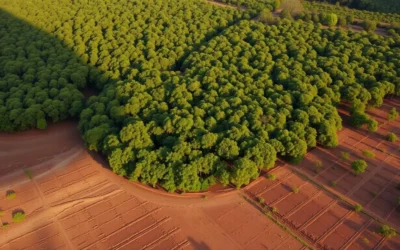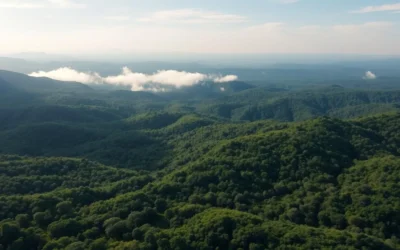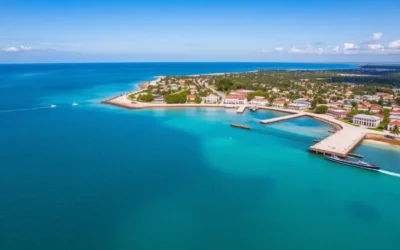Did you know Antsirabe is Madagascar’s only city with natural thermal springs, earning it the nickname “Vichy of Madagascar”? This charming highland city, situated at 1,500 meters above sea level, was developed by Norwegian missionaries in the late 19th century and remains one of the country’s most distinctive urban centers. With its colonial architecture, thermal baths, and vibrant markets, Antsirabe offers visitors a unique blend of Malagasy culture and European influence that you won’t find anywhere else on the island.
Getting There & Planning Your Journey
Antsirabe is located about 170 kilometers south of Antananarivo, Madagascar’s capital. Most travelers reach the city by road, as there’s no commercial airport in Antsirabe itself.
Travel Options to Antsirabe
- By Air: Fly into Antananarivo’s Ivato International Airport, then continue by road to Antsirabe. International carriers offer regular flights to Madagascar from major hubs in Africa, Europe, and Asia.
- By Taxi-Brousse: These shared minivans are the most common form of public transportation in Madagascar. They depart from Antananarivo’s southern station (Gare Routière Fasan’ny Karana) when full, typically taking 3-4 hours to reach Antsirabe.
- By Private Car: Hiring a driver or renting a vehicle offers the most flexibility. The journey takes approximately 3 hours on the RN7 highway, which is one of Madagascar’s better-maintained roads.
When planning your trip, consider spending at least 2-3 days in Antsirabe to fully experience its attractions. The city makes an excellent stopover on a longer journey along Madagascar’s famous RN7 route, which connects Antananarivo to the southern coastal town of Tuléar.
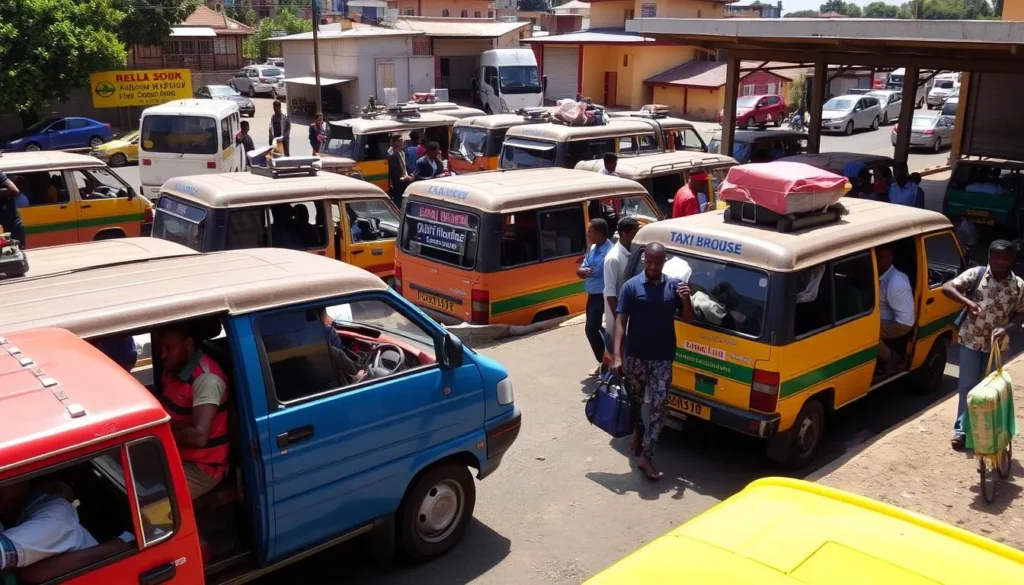
Best Time to Visit & Weather Tips
Antsirabe enjoys a pleasant highland climate that’s cooler than much of Madagascar, earning it another nickname: “the cold city.”
Seasonal Considerations
- Dry Season (April to October): The ideal time to visit with clear skies, minimal rainfall, and comfortable temperatures ranging from 10°C to 25°C (50°F to 77°F). Perfect for exploring outdoor attractions.
- Rainy Season (November to March): Characterized by afternoon thunderstorms and higher humidity. While the landscapes are lush and green, some rural roads may become difficult to navigate.
Packing Recommendations
- Light layers are essential year-round, as mornings and evenings can be quite cool even during summer months.
- A light jacket or sweater is necessary even during the warmest months.
- During the dry season (winter), temperatures can drop below 10°C at night, so pack accordingly.
- Rain gear is essential if visiting during the wet season.
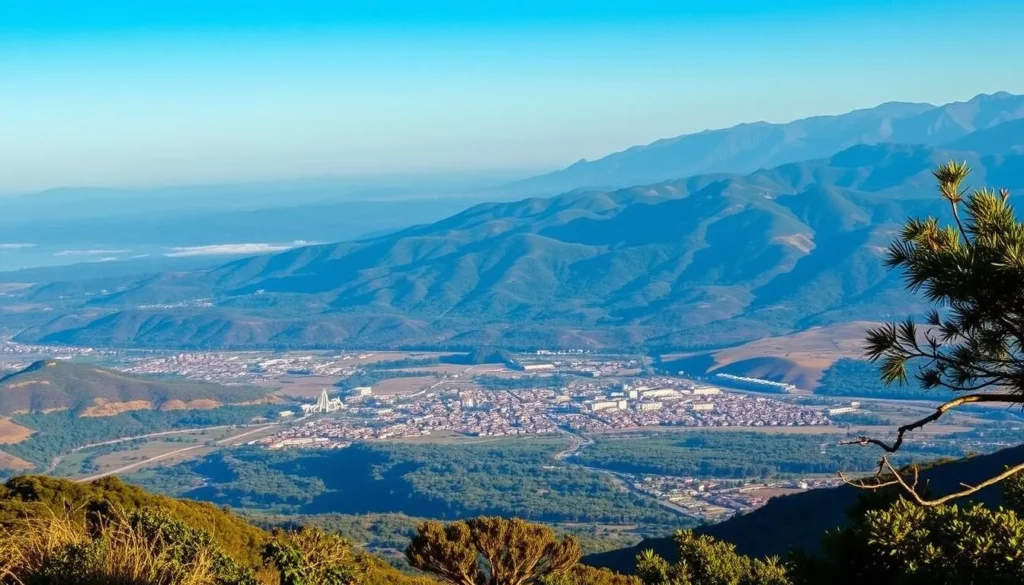
Getting Around Locally
One of Antsirabe’s most charming features is its traditional transportation options, which add to the city’s unique character and provide a glimpse into local life.
Local Transportation Options
- Pousse-pousse (Rickshaws): These colorful hand-pulled rickshaws are Antsirabe’s iconic mode of transport. They’re perfect for short trips around the city center. Always negotiate the fare before starting your journey (typically 2,000-5,000 Ariary for short trips).
- Cyclo-pousse: Similar to pousse-pousse but pedal-powered, these bicycle rickshaws are slightly faster and less physically demanding for the drivers.
- Rental Cars: For exploring the surrounding countryside and attractions outside the city, renting a vehicle with a driver is recommended. Many hotels can arrange this service.
- Walking: The city center is compact and pedestrian-friendly, making walking a pleasant option for exploring the colonial architecture and local shops.
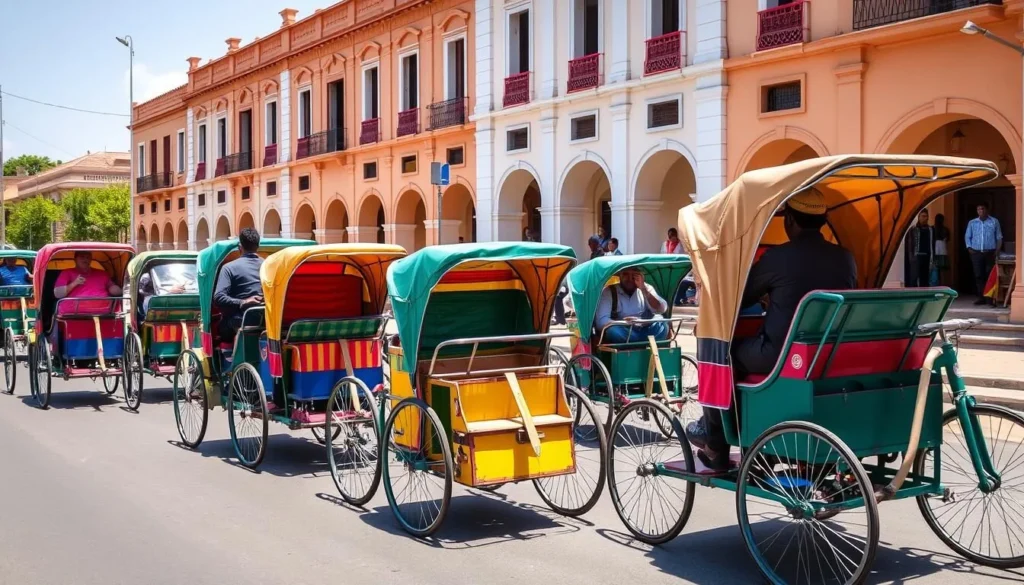
Where to Stay
Antsirabe offers a range of accommodation options from charming colonial-era hotels to modern guesthouses. Most are concentrated in the city center, providing easy access to attractions.
Accommodation Recommendations
Luxury
- Couleur Café: A beautiful colonial-style hotel with lush gardens, excellent restaurant, and comfortable rooms.
- H1 Hotel Antsirabe: Modern amenities with traditional Malagasy touches and a central location.
Mid-Range
- Les Chambres du Voyageur: Charming guesthouse with a homey atmosphere and helpful staff.
- Hôtel des Thermes: Historic hotel near the thermal baths with colonial architecture and spacious grounds.
Budget
- Chez Billy: Simple but clean rooms with a friendly owner and good local food.
- Green Park: Basic accommodations with a peaceful garden setting and reasonable prices.
Most hotels in Antsirabe can arrange local tours, transportation, and provide recommendations for restaurants and activities. It’s advisable to book in advance during the high season (July-August) and around Malagasy holidays.

Dining & Local Cuisine
Antsirabe offers a delightful mix of traditional Malagasy cuisine and French-influenced dishes, reflecting the city’s cultural heritage.
Local Specialties to Try
- Ravitoto: A signature Malagasy dish made from pounded cassava leaves typically served with pork and rice.
- Zebu Steak: Madagascar’s native cattle produce flavorful meat, often served grilled with local spices.
- Koba: A sweet snack made from ground peanuts, rice flour, and banana, wrapped in banana leaves.
- Mofo Gasy: Sweet or savory rice flour pancakes, a popular breakfast item.
- Fresh Fruits: The local markets offer an abundance of tropical fruits, including litchis, mangoes, and passion fruit.
Recommended Restaurants
- Le Pousse-Pousse: Charming restaurant serving excellent French and Malagasy cuisine in a garden setting.
- Chez Jenny: Local favorite known for authentic Malagasy dishes at reasonable prices.
- La Résidence: Upscale dining in a colonial atmosphere with a mix of international and local specialties.
- Café Tsara: Great spot for coffee, pastries, and light meals with a French influence.
- Antsirabe Market Food Stalls: For the adventurous, try the local street food at the central market.

Most restaurants in Antsirabe are concentrated around the city center. Prices are generally reasonable compared to Antananarivo, with meals at mid-range restaurants costing between 15,000-30,000 Ariary (approximately $4-8 USD). Many hotels also have on-site restaurants serving both Malagasy and international cuisine.
Attractions, Sightseeing & Activities
Antsirabe offers a diverse range of attractions, from natural wonders to cultural experiences that showcase the region’s unique character.
Top Attractions in Antsirabe
Natural Attractions
- Lake Andraikiba: A beautiful crater lake located 7km west of the city, perfect for picnics and boat rides.
- Lake Tritriva: A mysterious emerald-green crater lake surrounded by legends, located about 15km from the city.
- Thermal Baths: Visit the historic thermal springs that gave the city its fame, located at Hotel des Thermes.
Cultural Attractions
- Antsirabe Cathedral: An impressive stone church built by Norwegian missionaries in 1902.
- Sabotsy Market: The bustling main market where you can find everything from fresh produce to handcrafts.
- Colonial Architecture: Take a pousse-pousse tour of the city’s well-preserved colonial buildings.

Artisan Workshops
Antsirabe is famous for its skilled artisans who create beautiful handicrafts using traditional techniques. Visiting these workshops offers insight into local craftsmanship and opportunities to purchase unique souvenirs.
- Miniature Workshops: Watch artisans create detailed miniature bicycles, cars, and pousse-pousse from recycled materials.
- Zebu Horn Crafts: See how craftspeople transform zebu horns into beautiful utensils, jewelry, and decorative items.
- Embroidery Workshops: Observe the creation of intricate embroidered tablecloths, clothing, and household items.
- Semi-Precious Stone Cutting: Antsirabe is known for its gemstone industry, and you can visit workshops where stones are cut and polished.
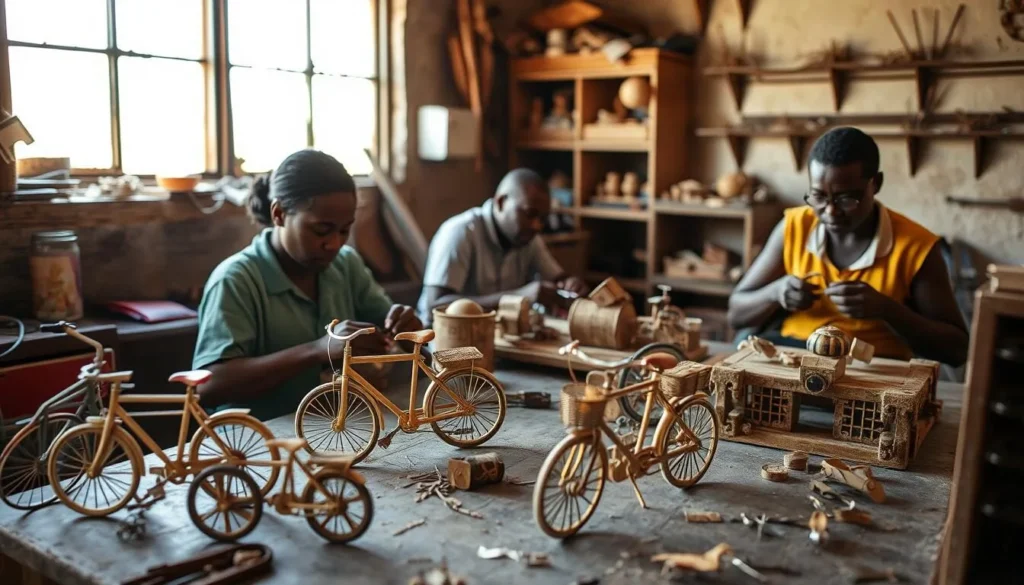
Museums, Cultural Spots & Festivals
Immerse yourself in the rich cultural heritage of Antsirabe through its museums, historical sites, and vibrant festivals.
Cultural Attractions
- Antsirabe Regional Museum: Houses exhibits on the history, geology, and cultural heritage of the region.
- La Résidence: A historic thermal bath complex that showcases the city’s colonial past and spa heritage.
- FI.MPI.MA Artisan Center: A cooperative where you can see various local crafts being made and purchase directly from artisans.
- Norwegian Mission Buildings: Historical structures that tell the story of the Norwegian missionaries who developed much of the city.
Local Festivals
- Independence Day (June 26): Celebrated with parades, music, and festivities throughout the city.
- Famadihana (July-September): The famous “turning of the bones” ceremony, a unique Malagasy tradition honoring ancestors.
- Donia Festival: A celebration of Malagasy music and culture that sometimes includes events in Antsirabe.
- Weekly Markets: While not festivals per se, the vibrant weekly markets (especially on Saturday) are cultural experiences in themselves.
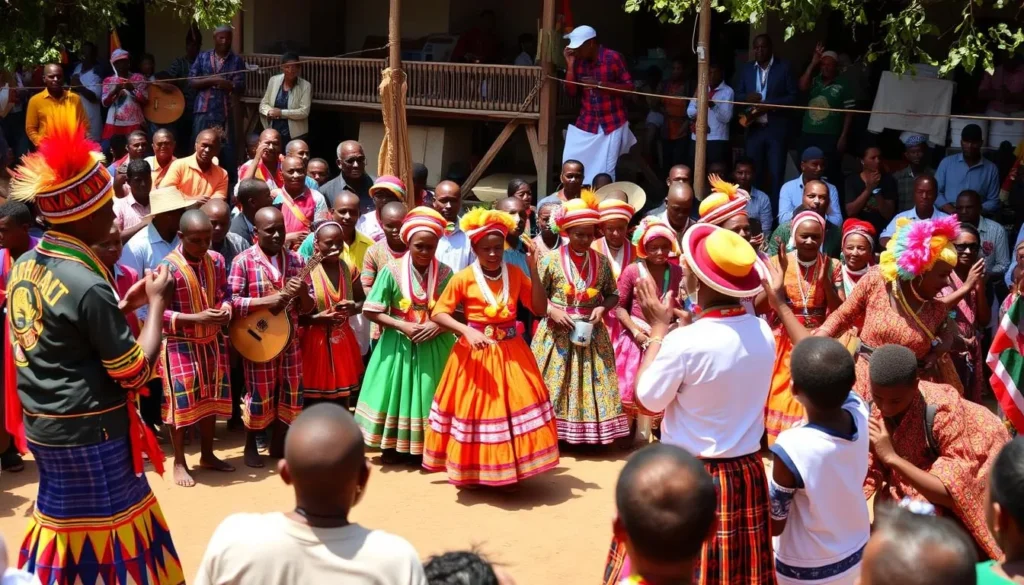
Sports, Nature & Outdoor Experiences
The highlands around Antsirabe offer excellent opportunities for outdoor activities and nature exploration, with volcanic landscapes, lakes, and rural communities to discover.
Outdoor Activities
- Hiking: The volcanic terrain around Antsirabe offers excellent hiking opportunities, particularly around Lakes Tritriva and Andraikiba.
- Cycling: Rent a bicycle to explore the countryside and nearby villages at your own pace.
- Horseback Riding: Several operators offer guided horseback tours through the highlands.
- Fishing: Try your hand at fishing in the crater lakes, which are stocked with tilapia and carp.
- Rural Village Visits: Organized tours to nearby villages provide insight into traditional Malagasy rural life.
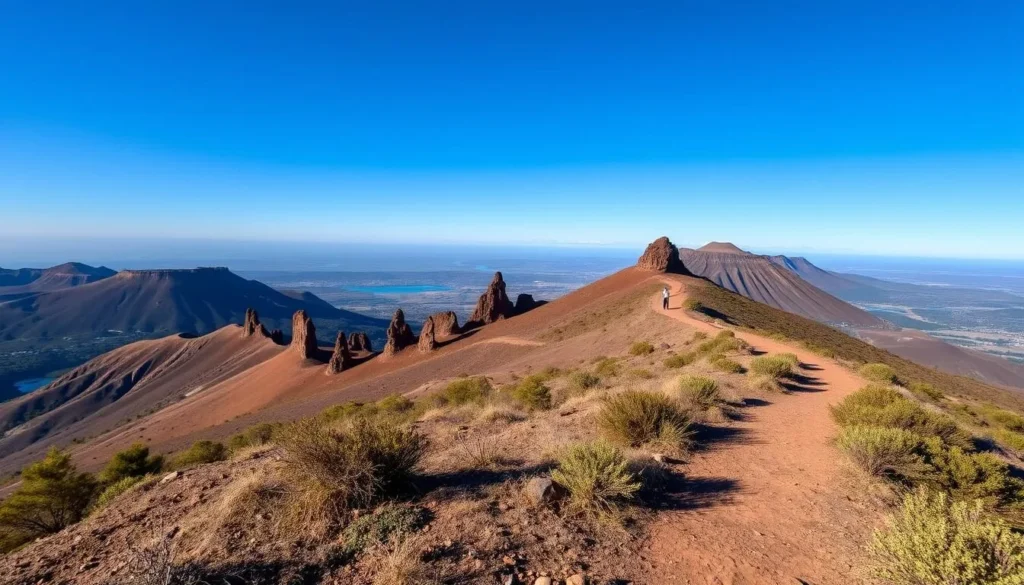
For the best outdoor experiences, consider hiring a local guide who can provide insights into the natural environment and ensure you visit the most scenic spots. Most hotels can arrange guides and transportation for excursions to the surrounding countryside.
Safety, Etiquette & Local Customs
Antsirabe is generally considered one of the safer cities in Madagascar, but as with any travel destination, it’s important to be aware of local customs and safety considerations.
Safety Tips
- Avoid displaying valuable items like expensive cameras or jewelry, especially in crowded areas.
- Use official pousse-pousse drivers and agree on prices before starting your journey.
- Keep a copy of your passport and important documents separate from the originals.
- Be cautious when withdrawing money from ATMs and avoid doing so at night.
- Stick to well-lit areas after dark and consider taking transportation rather than walking at night.
Cultural Etiquette
- Ask permission before taking photographs of people, especially in rural areas.
- Dress modestly, particularly when visiting religious sites or traditional villages.
- Learn a few basic Malagasy phrases like “Manao ahoana” (hello) and “Misaotra” (thank you).
- Respect “fady” (taboos) which vary by region; your guide can advise on local customs.
- When visiting villages, it’s customary to meet with the village chief as a sign of respect.
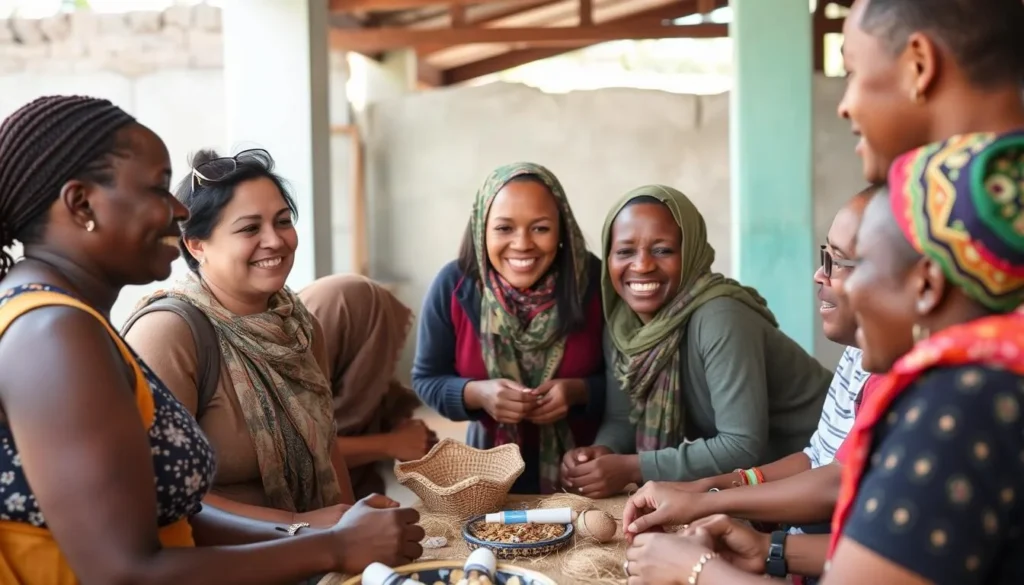
Practical Travel Tips
These practical tips will help you navigate Antsirabe with ease and make the most of your visit to this charming highland city.
Money Matters
- The local currency is the Ariary (MGA).
- Cash is king – credit cards are rarely accepted outside major hotels.
- There are a few ATMs in the city center, but bring backup cash.
- Small denominations are useful for markets and pousse-pousse rides.
Communication
- French is widely spoken, more so than English.
- Local SIM cards (Telma, Orange, Airtel) are inexpensive and provide good coverage.
- Wi-Fi is available in most hotels but may be slow.
- Download offline maps before your trip.
Health & Comfort
- Bring warm clothing, especially for evenings.
- Drink only bottled or purified water.
- Pack sunscreen and a hat for daytime activities.
- Basic medical facilities are available in the city.

Ready to Explore Antsirabe?
Start planning your highland adventure to discover thermal springs, artisan workshops, and the unique charm of Madagascar’s “Vichy of the South.”
Conclusion
Antsirabe offers visitors a unique glimpse into Madagascar’s colonial past while showcasing the vibrant culture and natural beauty that makes the country so special. From riding in colorful pousse-pousse through streets lined with jacaranda trees to exploring mysterious crater lakes and watching skilled artisans at work, this highland city provides experiences you won’t find anywhere else.
Whether you’re passing through on a journey along the famous RN7 route or making Antsirabe your destination, the city’s temperate climate, friendly people, and diverse attractions make it well worth a visit. Pack your layers, bring your curiosity, and prepare to be charmed by this distinctive Malagasy city with its French colonial flair and rich cultural heritage.
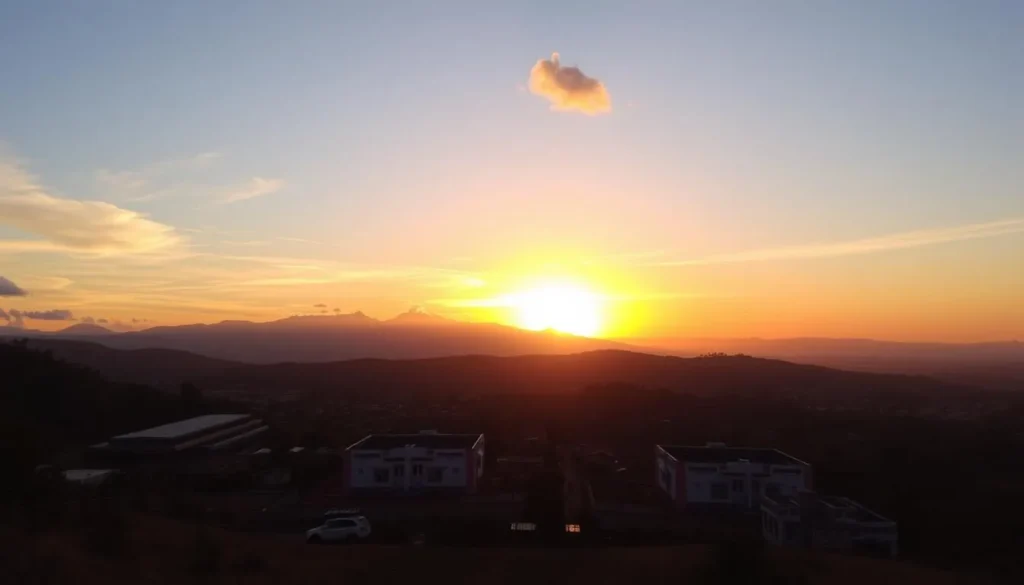
The above is subject to change.
Check back often to TRAVEL.COM for the latest travel tips and deals.

